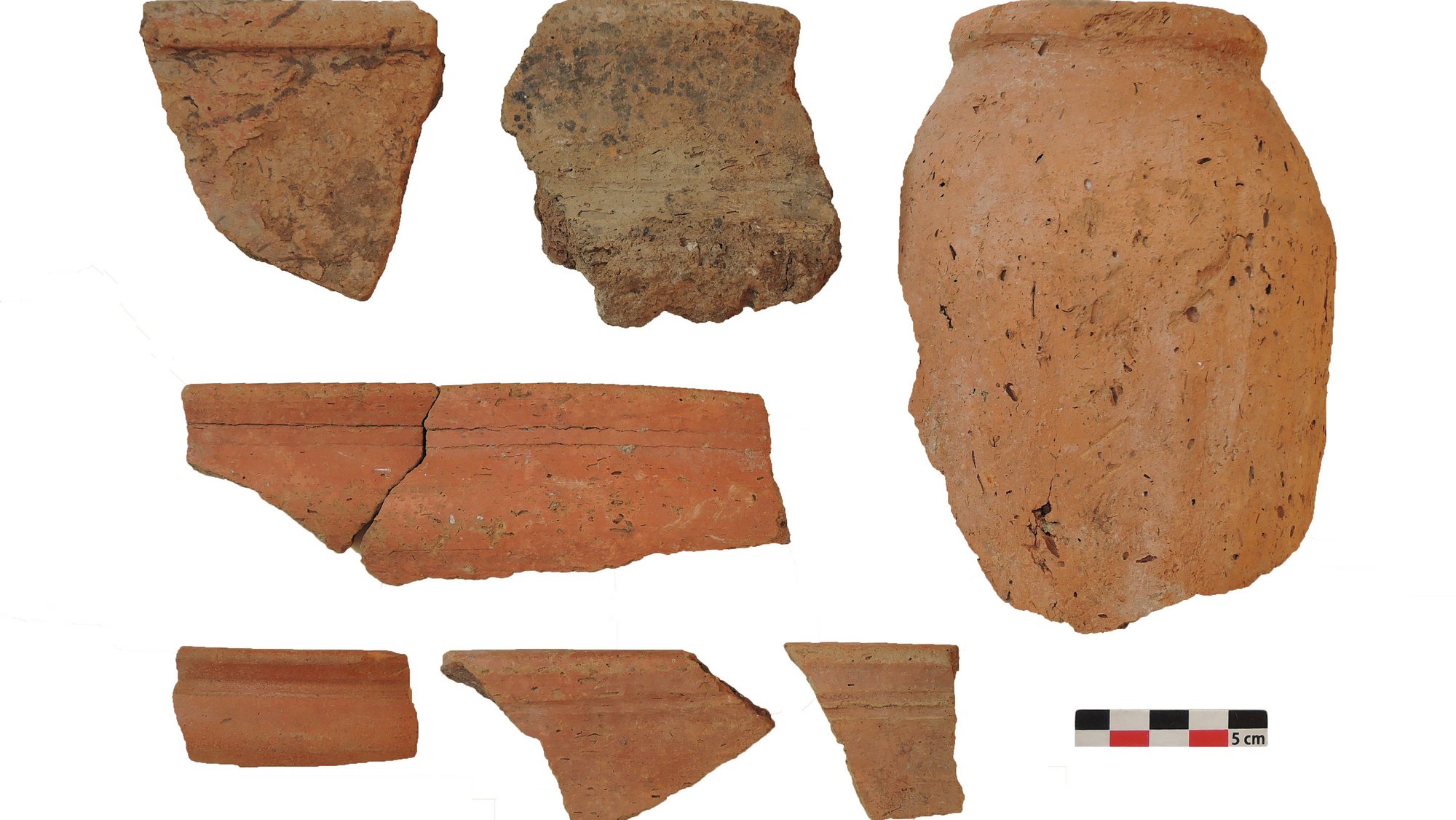Overview
The excavation and drilling which has been carried out since the early 1980’s at Buto has yielded evidence of uninterrupted occupation from the early 4th to the late 3rd millennia BCE. Although buildings and other settlement structures dating from the Old Kingdom were very poorly preserved in the areas which have been investigated to date, the quantity of ceramic finds from this period is extensive. From the large, open-field excavation at the western edge of the site (so-called E-trenches) come numerous fragments of pottery vessels which are related to the production of food, such as breadmaking, and beer storage, as well as both cooking and tableware. These finds come from early Old Kingdom waste pits of the late 2nd to late 4th dynasties (ca. 2700-2500 BCE). Their presence implies corresponding activities in this area of the settlement. The scant remains of mudbrick walls which may have been once an extensive occupation, together with what, for this period, are commonly attested ceramic finds, such as carinated "Meydum" bowls, suggest that there were continuous settlement activities within this area until at least the early 5th dynasty in around 2500 BCE.
By contrast, a large quantity of ceramics dating from the late Old Kingdom 5th to 6th dynasties comes from the excavations in the north-western area of the site (so-called J-trenches), although from contexts where there are also remains of the Late Period. However, these remains cover deposits from the Old Kingdom, which had been exposed but not further investigated. Aside from typical settlement pottery, the ceramic inventory also contained fragments of vessels clearly attested as relating to ritual offerings in tombs or temples, such as miniature vessels and pot-stands, as well as deep bowls and jars used for ritual ablutions as part of the “washing-set”. Although there is, as yet, a lack of clear evidence, it is not unlikely that cult-related activities were carried out here. Analysis of the ceramic findings, therefore, not only provides the first indications of the chronological and spatial development of the settlement, but also implies a functional division of individual settlement areas, with perhaps more living accommodation in the west, and possibly the areas dedicated to cult activities situated towards the north-west.

